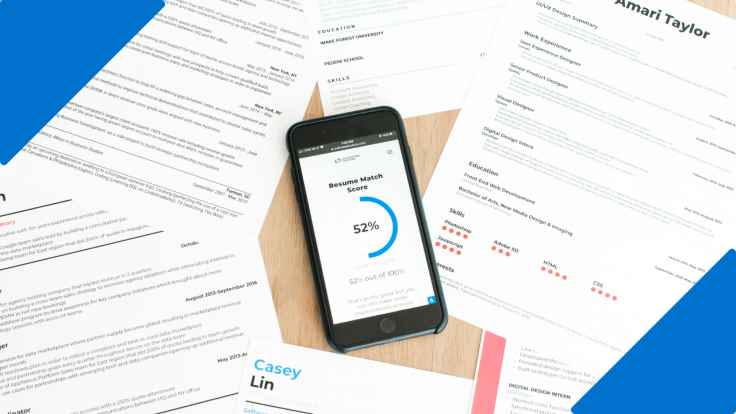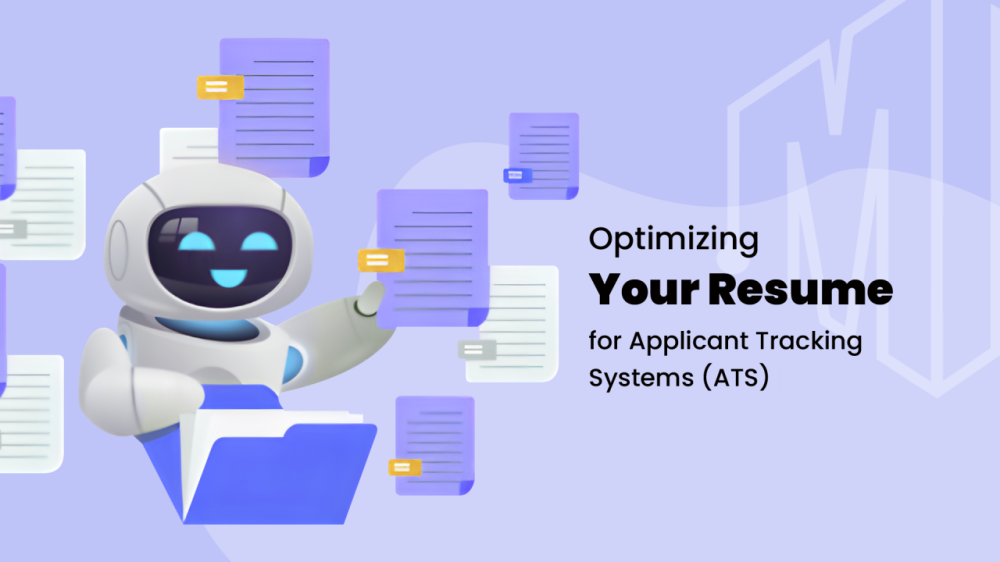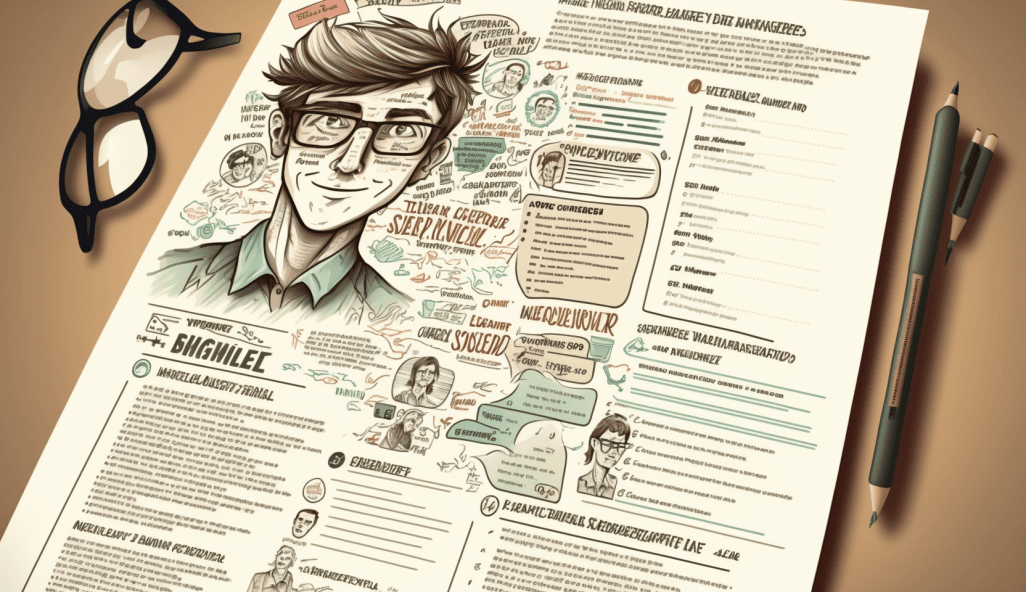AI Resume Optimization: Mastering ATS and AI Scanners in 2025

In 2025, the integration of Artificial Intelligence (AI) into recruitment processes has become ubiquitous, with Applicant Tracking Systems (ATS) and AI-driven scanners playing pivotal roles in how resumes are evaluated. To navigate this effectively, job seekers must optimize their resumes to align with these technologies. Below is an in-depth guide on mastering ATS and AI scanners, along with recent statistics and expert insights.
1. Understanding ATS and AI Scanners

Applicant Tracking Systems (ATS) are software applications that enable the electronic handling of recruitment needs. They function by parsing resumes, storing them in a database, and allowing recruiters to search and filter applications based on specific criteria. AI scanners enhance this process by employing machine learning algorithms to assess candidates' qualifications more holistically, considering factors like experience relevance and skill proficiency.
2. The Prevalence of AI in Recruitment
The adoption of AI in recruitment has surged, with a significant number of employers integrating these technologies into their hiring processes. This shift underscores the importance for candidates to tailor their application materials accordingly.
3. Optimizing Your Resume for ATS Compatibility

• Keyword Integration: Incorporate relevant keywords from the job description into your resume. This alignment increases the likelihood of passing initial ATS screenings. For example, Ezyapply crafts personalized CVs and cover letters for each application, highlighting your unique qualifications and the relevant keywords from the job description into your resume.
• Standard Formatting: Use simple layouts with clear headings, bullet points, and standard fonts. Avoid complex designs, images, or graphics that may not be parsed correctly by ATS. Ezyapply can also optimize your resume for each job, improving your ATS score and increasing your chance of getting noticed.
• Consistent Terminology: Stick to common headings like "Work Experience," "Education," and "Skills." Unconventional section titles might confuse the ATS.
4. Leveraging AI Tools for Resume Enhancement

AI-powered platforms can assist in creating ATS-friendly resumes by offering real-time suggestions and keyword optimization. Services like ResumeFromSpace and Ezyapply provide AI-driven tools to enhance resume formatting and content, increasing the chances of passing ATS filters.
5. The Role of Professional Resume Writing Services
Professional resume writing services have evolved to incorporate AI optimization strategies. For instance, Resumeble offers packages that include resume and cover letter writing, ensuring alignment with ATS requirements. Similarly, TopResume provides services focused on ATS-friendly formatting and keyword optimization.
6. The Rise of AI Usage Among Job Seekers

A significant proportion of job seekers, particularly among younger generations, are utilizing AI tools in their application processes. This trend reflects a growing recognition of the importance of aligning application materials with AI-driven recruitment technologies.
7. Balancing AI Assistance with Authenticity

While AI tools can enhance resume quality, it's crucial to personalize AI-generated content to reflect your true abilities and experiences. Recruiters value authenticity and can often discern generic or misrepresented information. Therefore, ensure that your resume accurately portrays your skills and achievements.
8. Continuous Learning and Adaptation
The recruitment process is continually changing with advancements in AI. Staying informed about new tools, ATS algorithms, and best practices is essential. Engage in continuous learning through webinars, workshops, and industry publications to keep your resume optimization strategies current.
By implementing these strategies, job seekers can enhance their resumes to effectively navigate ATS and AI scanners, thereby increasing their chances of securing interviews in an AI-driven job market.





